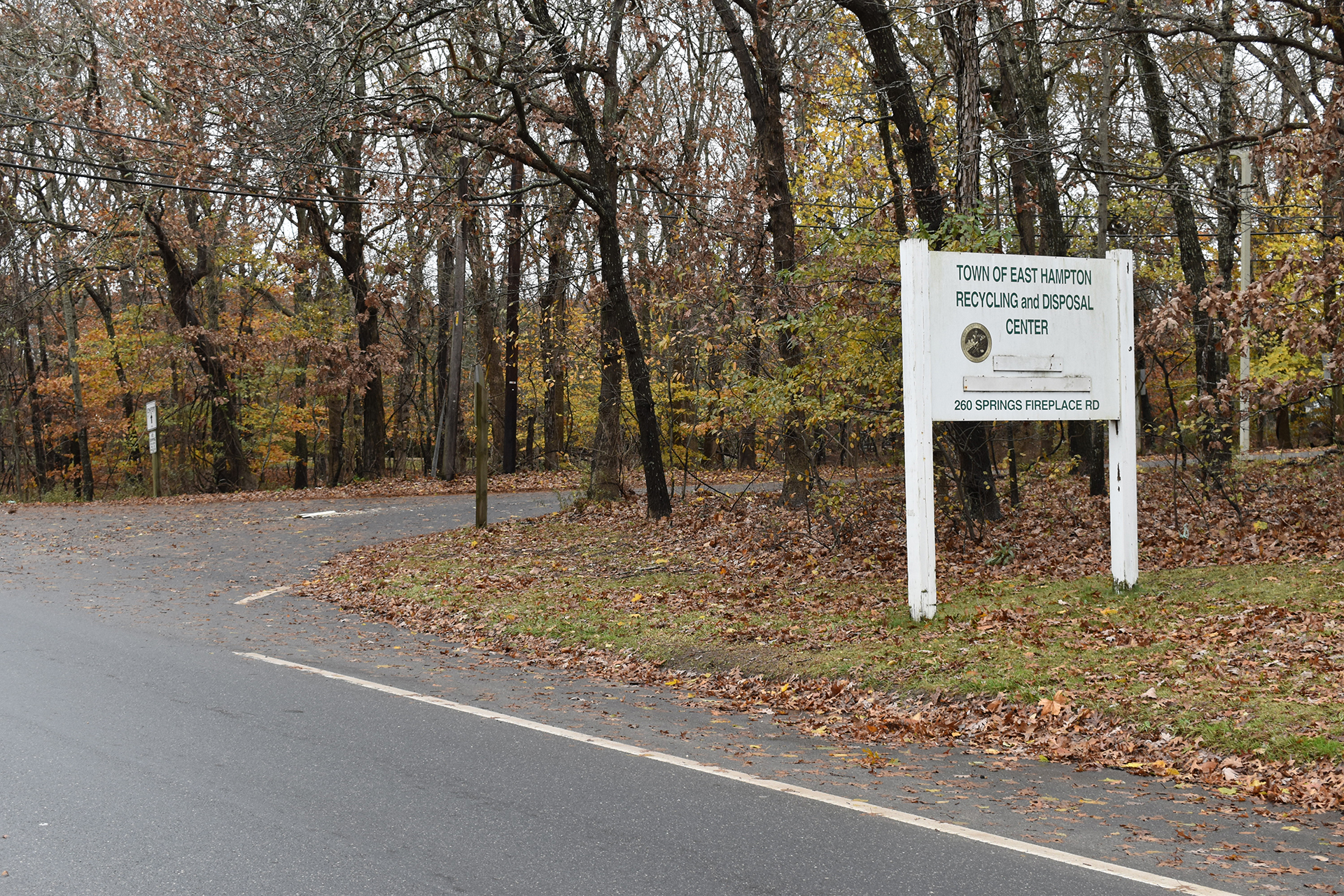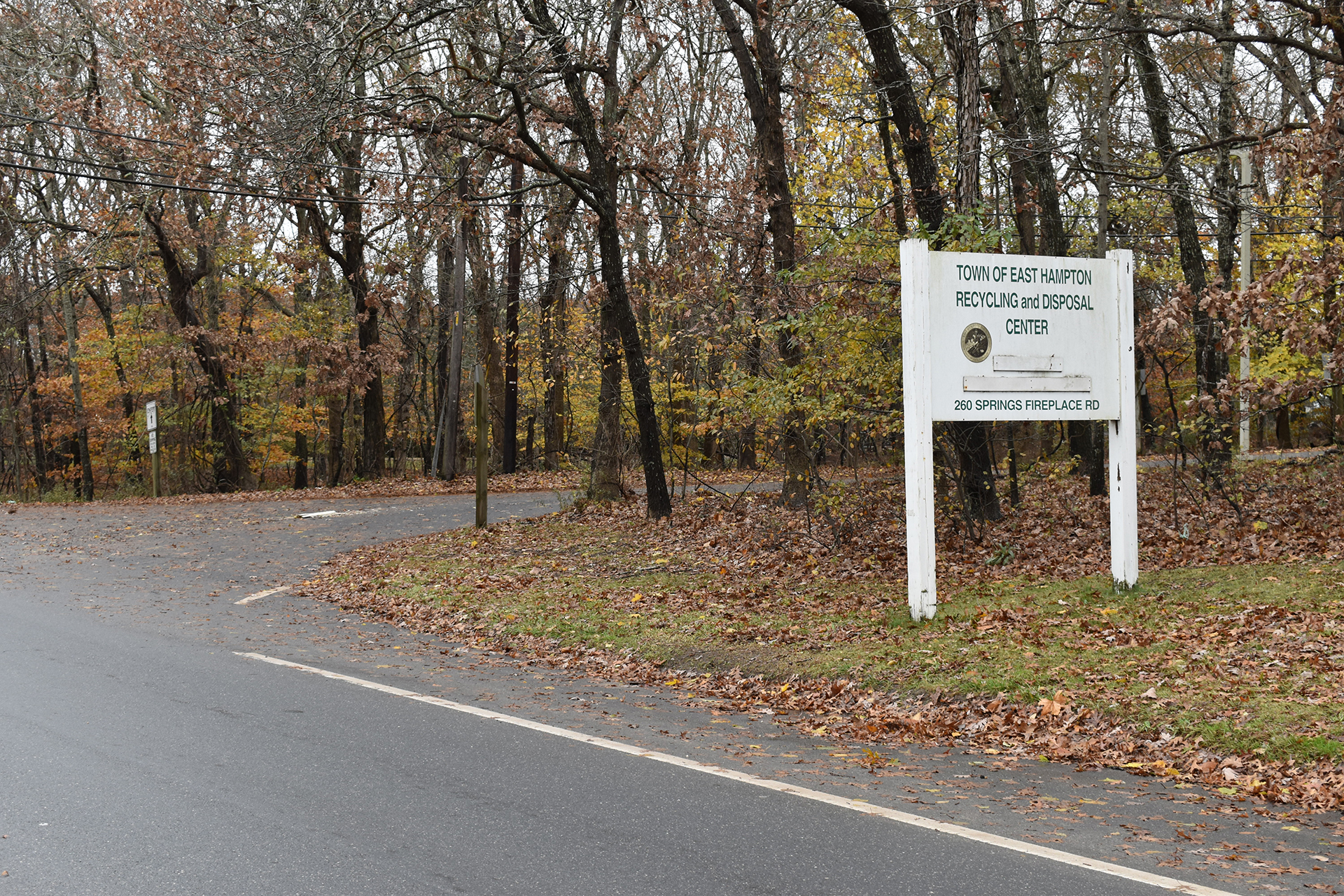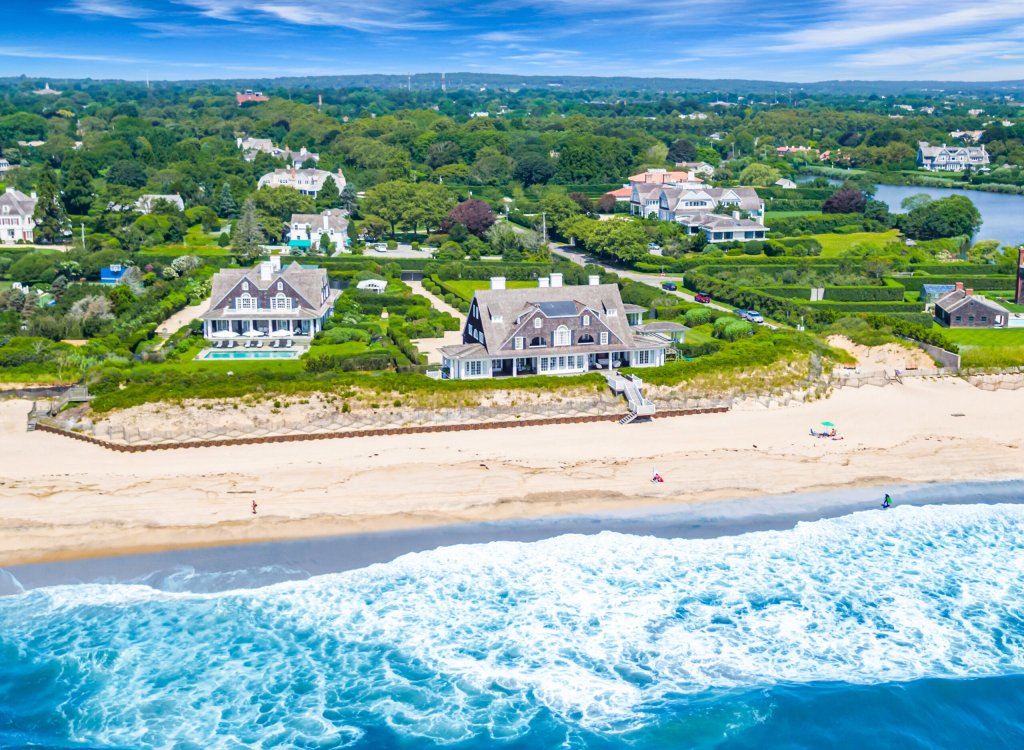Future Of Springs Development Discussed


Bike paths, the acquisition of land to prevent over-development, and the future of the gravel mine known as the sandpit were among the topics discussed at a November 15 public hearing on the Springs hamlet study before the East Hampton Town Board. About 15 members of the public addressed the board.
The comments of Carl Irace, an attorney representing a group known as the Citizens to Preserve the East End, encapsulated the comments of many of the speakers.
Purchase the vacant land in the gateway area, he told the board. He was referring to Springs-Fireplace and Three Mile Harbor roads, which provide access to Springs for most of its residents. Irace zeroed in on two lots in particular, one located between the entrance and exits to the town recycling center on Springs-Fireplace Road, the other, just next door. “If developed,” he said, these lots would “worsen conditions in the gateway area and increase the burden on Springs citizens.” A car wash has been proposed for the lot between the entrance and exit roads. In 1999, Irace told the board, their predecessors passed a resolution regarding those roads. “That resolution specifically reserves the recycling center’s ingress road for recycling center users only,” he said. It is a resolution the board should adhere to, he advised.
Another point Irace made that was echoed by other speakers was the need for a moratorium on commercial development similar to what was done in Wainscott. “The town board took serious steps to protect the gateway to Wainscott,” he said. “The issues with the gateway to Springs require similar serious steps.”
Another of those who spoke of the need for a moratorium was Alex Rodriguez. “There must be a master plan,” he said. He sought to remind the board of the 19th Century planners in New York City, who had the foresight to preserve the Catskill Mountains for their fresh watershed area. The Catskills now provide New York with 40 percent of its daily drinking water,
according to the city’s website.
David Buda called for “mixed use paths for bicycles and pedestrians, to get both off dangerous roadways.” Dan Hayes, an East Hampton Village resident, also called for more bike paths. Such paths don’t need to be too wide. “Just give us two feet,” he said.
Besides Buda, several other members of the Springs Citizens Advisory Committee spoke. One of those was Tina Plesset. She expressed concern that the planners who helped craft the study made a mistake in isolating “the sandpit, as most of us call it” from the larger picture.
The study calls for the sprawling Bistrian Sand and Gravel mine, which another speaker said could be operating for another 20 years, to eventually become a mixed-use area, with an industrial park, housing, and parkland.
Several speakers warned that the industrial park component of the plan could greatly increase the already heavy flow of commercial traffic In the Springs corridor.
Martin Drew complained about parking on Springs-Fireplace Road near the Pollock-Krasner House, and the use of Ashawagh Hall, which he said is not open enough to the public. He also criticized the signs outside the hall.
Board member Sylvia Overby explained before the hearing began that the consulting company in charge of the hamlet study, Dotson and Flinker, and their team of consultants, will take the entirety of the public’s reaction, including letters and documents submitted to the board, and combine it with the work already done. The final product will become part of the East Hampton Town’s comprehensive plan. Last updated in 2005, this will be the first major modification of the plan, which looks at East Hampton’s long-term future and goals, 20 years out and beyond.
The final hamlet study hearing will center on Montauk, though residents of all hamlets will be free to speak. That hearing is scheduled for Thursday, December 6.
t.e@indyeastend.com



